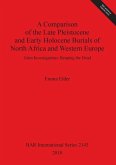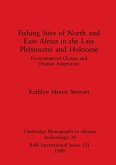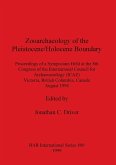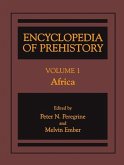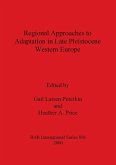This work examines small mammal faunas from cave sites in southwest England and Wales. Its three main objectives are to investigate the rapid environmental changes taking place in the Late Pleistocene and Early Holocene periods; to understand the processes by which small mammal remains were deposited in the cave sites examined; and to demonstrate the value of small mammals studies as an archaeological tool. All identifiable mammal remains from 12 selected sites are listed. 10 of the locations are new material. An examination of possible agents of accumulation is provided for each site to identify any bias introduced by prey selection. Reconstructions of the environments local to each cave at the time of deposition are offered. The evidence provided by the small mammals is related to the archaeological findings from each cave, to demonstrate the effect of human habitation of cave sites on the depositional and post-depositional processes shown by the microfauna. The environmental evidence provided by the study reflects a wider landscape rather than merely the immediate surroundings of the cave, and so gives a basis for human exploitation patterns in the area accessible from the cave. Reconstructions of the ecological mosaics formed by the rapidly changing climate of the period and the topographic variation around the cave sites are provided, demonstrating the potential complexity of the environment in which the humans and other fauna of the period existed. This is intended to encourage archaeologists to look beyond the general division of environmental boundaries in this period, and to examine the local variation in habitat availability and use.


